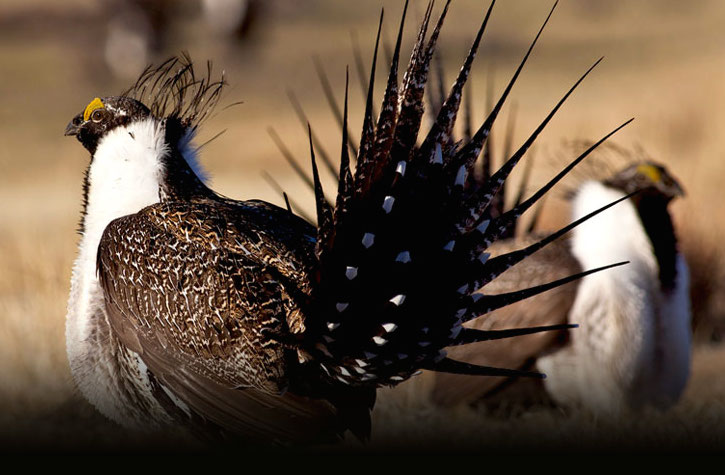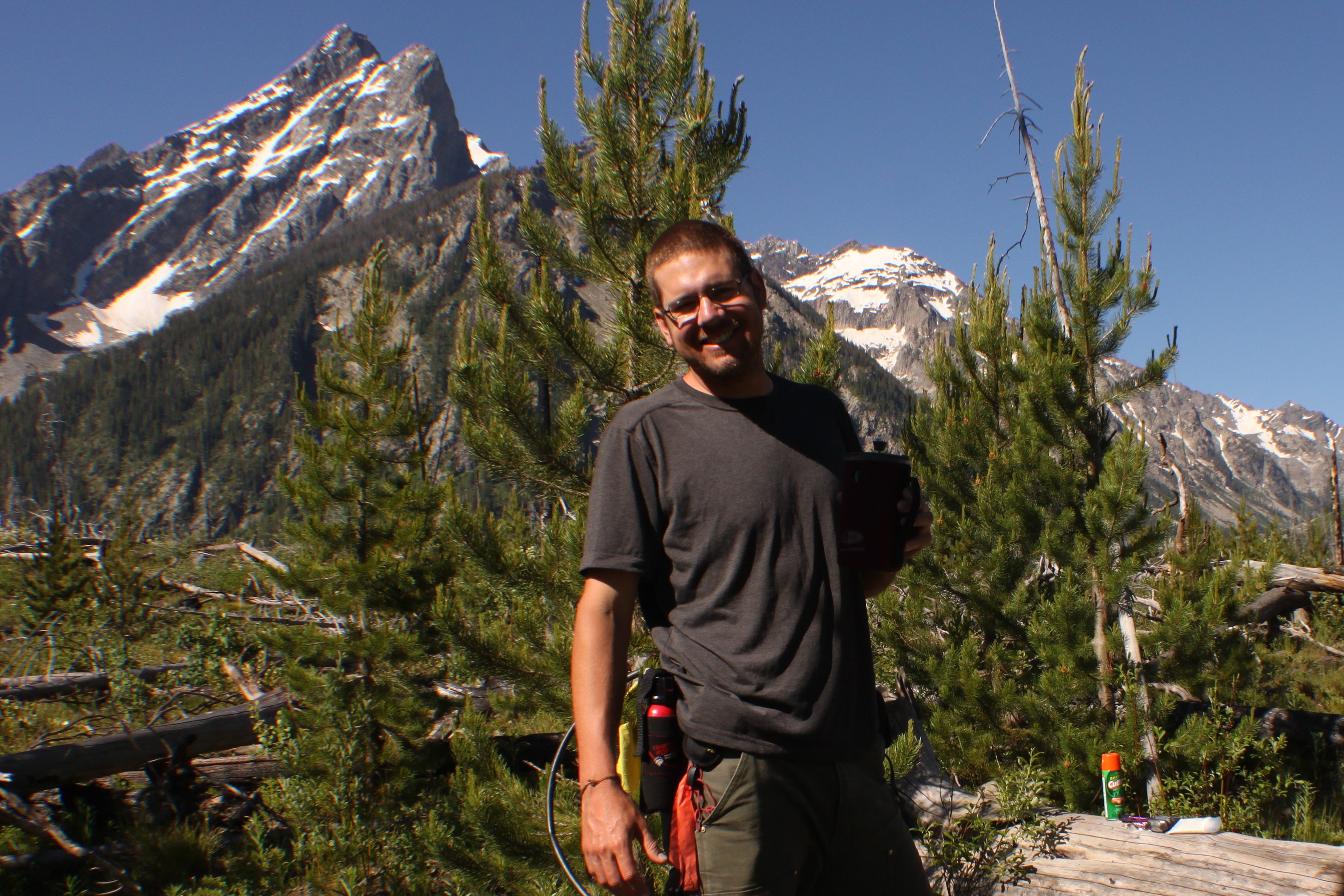
Habitat Exchanges (starts at 3:00): The greater sage grouse is ruffling feathers all the way to Washington. September 30th is the deadline for the US Fish & Wildlife Service to determine whether to list the grouse under the Endangered Species Act. More than a third of the sage grouse’s shrinking range is on private land. Which is why many ranchers, oil and gas developers and other landowners have been scrambling to keep the grouse from getting listed. Listing would mean tighter restrictions on land use. The Environmental Defense Fund (EDF) is one of several environmental organizations that are trying to help come up with ways to preserve the sage grouse and its habitat without cramping the livelihood of ranchers and other land owners. One of the newest voluntary tools is what is called a habitat exchange, a marketplace with buyers and sellers of conservation credits. How On Earth’s Susan Moran talks with Eric Holst, associate vice president of EDF’s working lands program, about these exchanges.

More Frequent Wildfires (starts at 15:30): This summer, fires have raged across much of the Northwestern U.S. The towering blazes, many of which are nowhere near being contained, have already charred more than two million acres of land. It’s a story that’s becoming increasingly common. Big fires like these are erupting more often than they did just decades ago, scientists say, and many place the blame on climate change. On today’s show, Brian Harvey, a forest ecologist at the University of Colorado Boulder who studies the causes and consequences of extreme fires, talks with us about why wildfires have grown more frequent in recent years — and what that means for the recovery of the nation’s forests.
Hosts: Susan Moran, Daniel Strain
Producer: Joel Parker
Engineer: Joel Parker
Headline Contributors: Joel Parker, Daniel Strain
Executive Producer: Susan Moran
Listen to the show:
Podcast: Play in new window | Download (Duration: 24:42 — 22.6MB)
Subscribe: RSS



